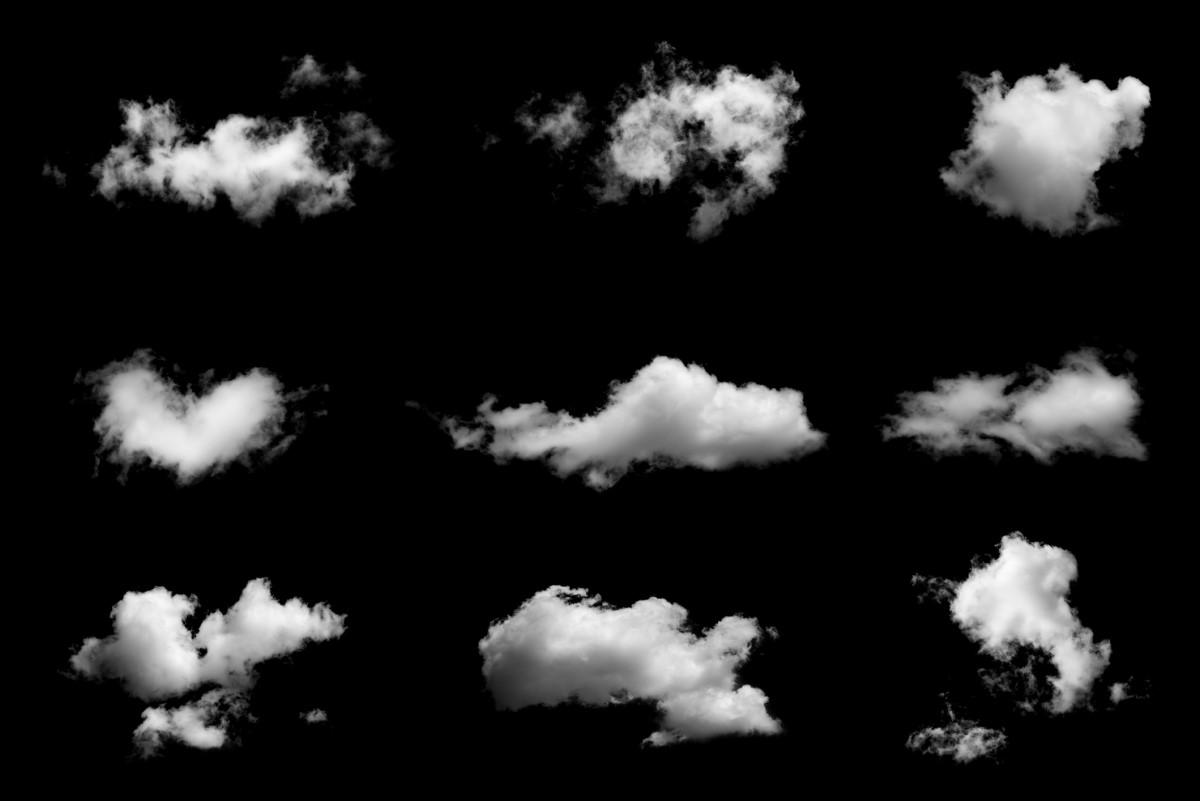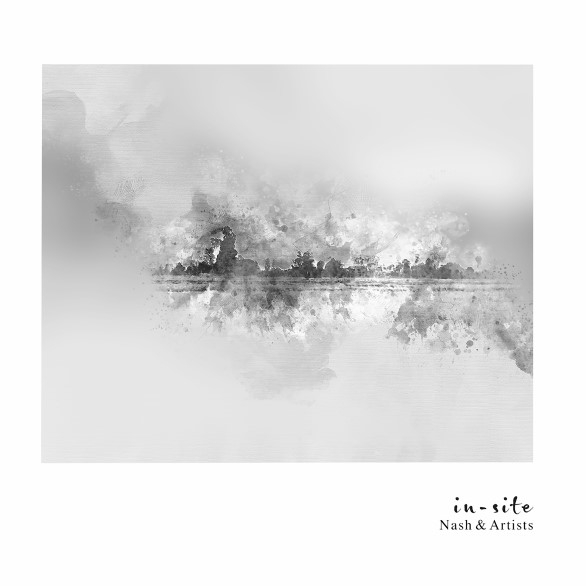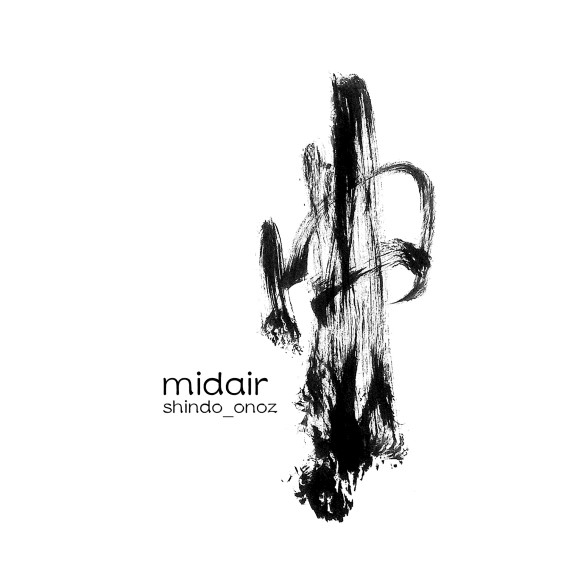<1>
Let's think about it.
Music is a work of "sound," and what music composers intend to create, essentially, are works of sound. Just as painters immortalize their work on canvas, musicians fundamentally intend to materialize the overflowings of their hearts into a final "sound."
However, in the past, music composers were not able to realize a final "sound" as painters could with their hands. Instead, the realization of their "sound" was left to performers and entrusted with recording engineers. Moreover, only recently in the long history of music did the "sounds" come to stay as fixed pieces of work. Thus, why do people pay more attention to musical performances by players, conductors, singers, or recording techniques and audio media, all of which are essentially secondary? This is because music composers were not able to participate fully in the realization of sound.
Compared with paintings or sculptures, music is far more constrained by convention; we had to develop theories and musical instruments that accommodated the secondary involvement noted above.
It was impossible to reproduce the sound without instructions on the musical instruments to use, the notes to play, and the duration. Then, the sound had to be executed according to a set of universally agreed rules. Music could not become "sound" unless there was a written manuscript, as in musical notation. Therefore, a certain degree of latitude inevitably arose in sound recording and reproduction through performances of players and their interpretation of the music that composers may have never imagined. As a result, music has moved farther away from being a "work of sound" that is unique to its original creator.
On the other hand, let's imagine the procedure through which painters produce a work of art.
In principle, painting needs no rules. From a blank canvas, painters pursue the illustration known only within the depths of their hearts. They mix the paints as they please and brush the colors into shapes, absorbed in their work.
Painters declare that every aspect of their work is their creation alone, and they undertake it wholly.
Painters and sculptors, as well as poets and novelists, create complete "work."
So far, music composers have created only the conception and design of the work, rather than the complete creation of the "sound."

<2>
Facing a blank canvas, do painters start by considering which genre of art their new work should fall into?
Do they follow formulae that dictate the colors to be employed to achieve a particular effect and start by asking which formula to apply?
Or do they know that each set of shapes creates a specific tableau, believing it is crucial to sift through the combinations?
If music is a work of "sound," then the "sound" should be absolutely unconstrained. If it is bound by rules, it ruins everything. It may work well in entertainment, but I do not consider it artistic creation or individual expression. Above all, it's not going to be interesting.
<3>
Let's think about that again.
Solitary artists: painters, sculptors, and writers, such as poets or novelists, undertake a "procedure" to finish their work. After a long history of making music, we musicians, are at last acquiring such means and procedures to select and blend sounds, as if they are paints, crafting them into a piece of “sound art” that is faithful to our vision, all alone.
We do not need rules. Free and liberated, we only need our hearts that pursue beauty.
Yoshinari Nashiki (Music Production Adviser)















